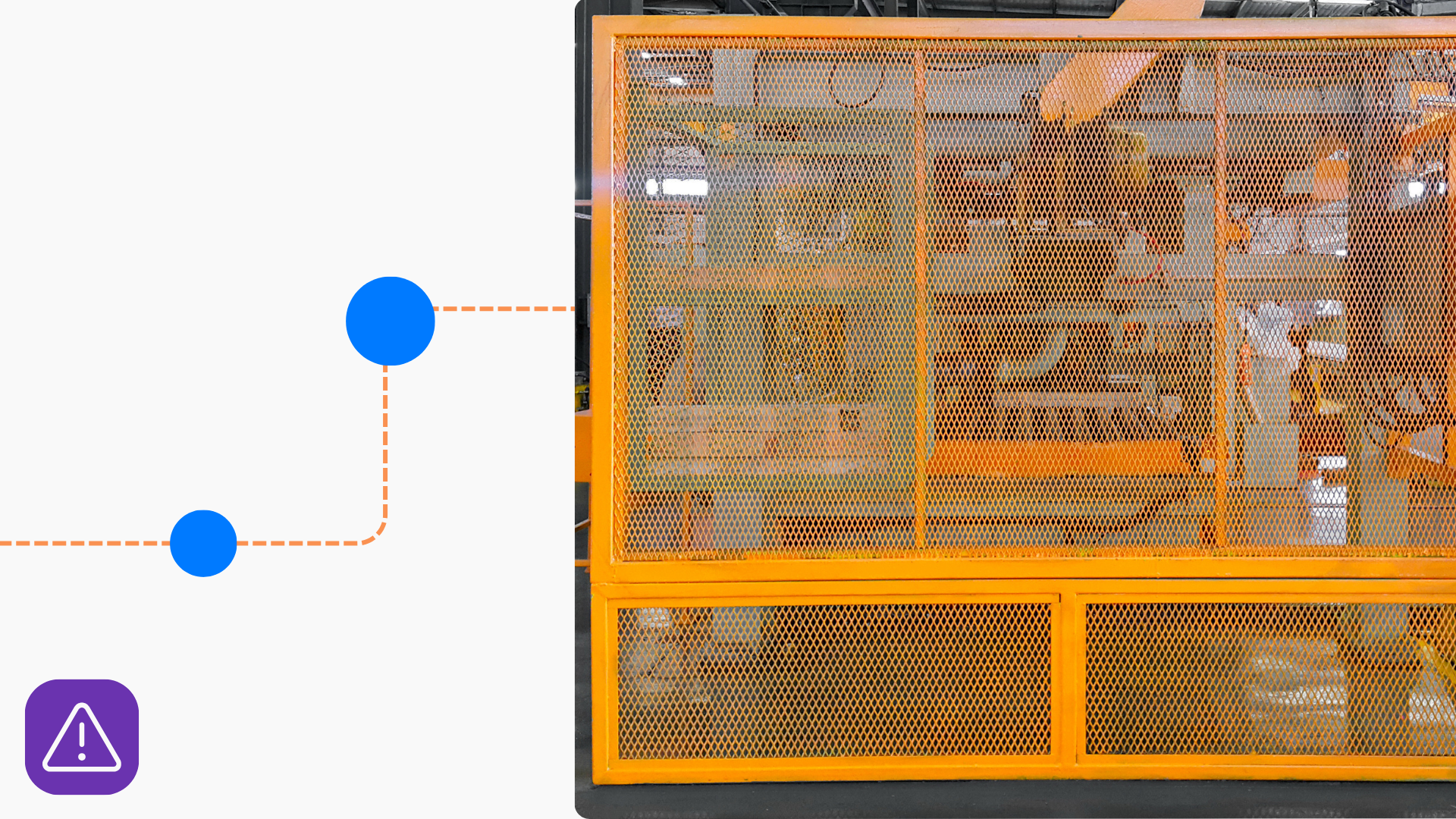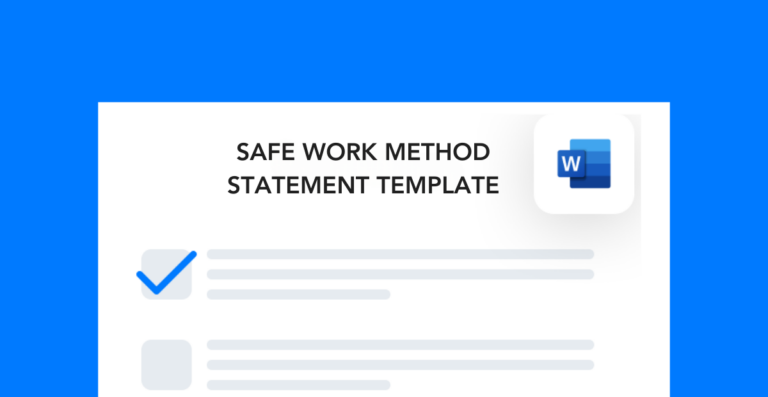Control measures in health and safety reduce the risks inherent to different processes. They include things like safety devices, procedures, and more. If you’re struggling to come up with some new EHS measures to take at your site, check out some of the examples below for inspiration.
Free template!
Download this free template to do a full review and risk assessment of your work processes.
Equipment safety measures
All types of equipment, large and small, pose safety hazards to workers. Whether your workers use boom cranes or box cutters, they’re capable of sustaining a life-threatening injury.
This is why it’s important to consider the risk level of all the equipment around your worksite. As such, performing a risk assessment or job hazard analysis for each task in the process is a great way to do this.
Here are some examples of equipment safety measures you might use to protect workers:
- Install machine guarding on moving parts
- Implement a lockout tagout system
- Place warning signs and labels on machinery
- Require extra personal protective equipment (PPE)
Behavior control measures in health and safety
A major factor in workplace safety is individual behavior. Oftentimes, EHS teams cite “operator error” or “unsafe behavior” as the root cause of an incident. But if that’s the case, it’s up to them to prevent workers from making unsafe decisions in the first place.
Here are some examples of health and safety control measures that tackle individual habits:
- Add automatic shutoff devices to equipment
- Perform ergonomic assessments of each workstation to find weaknesses
- Restrict access to dangerous areas using railing, bollards, and other guards
- Reconfigure process steps to account for ergonomic needs of the worker
Illness prevention protocols
What makes workplace illnesses unique is that they’re rarely isolated incidents. Unless the exposure event comes from a contained source, illnesses typically affect multiple workers.
But many companies still have reactive health and safety control measures in place for health hazards. So, it’s worth reviewing your own strategy for preventative strategies. Check out these examples:
- Offer flu shots during cold season
- Require respirators for processes with air quality hazards
- Perform weekly audits of all health supplies (e.g., medications, bandages, etc.)
- Expand sick time policies for employees
Employee security systems
Workplace security often falls under the loss prevention umbrella, but it should be a consideration for any well-rounded EHS program. Consequently, you should consider these strategies for securing your building, inventory, and workforce all at once:
- Provide workers with lockers for personal items
- Use contractor ID verification software
- Install a badge access system
- Use cameras throughout your facility
- Develop response plans for security incidents (e.g., active shooters, theft, etc.)
Documenting control measures in health and safety
The best way to introduce new controls is to use action tracking software to oversee them. In particular, a software solution, like Frontline ACT, allows you to create and assign action items for all your control measures. That way, you can easily see progress on everything you’re implementing across the site.
Implementing some of these health and safety control measures in your facility will help reduce incident rates. But it could also have positive effects on productivity as well.




